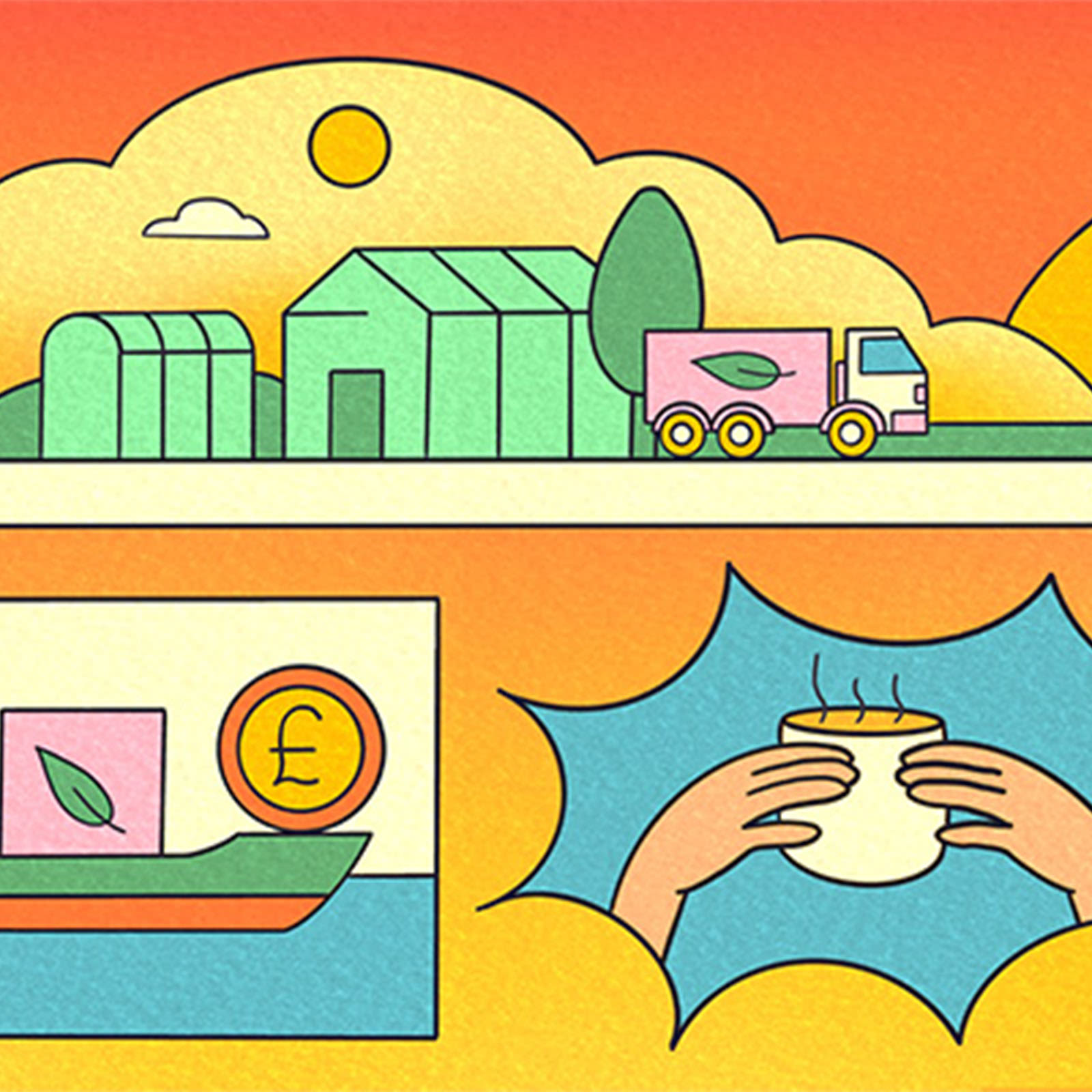
Q.
How has your career led you to The Craftory?
A. ‘I’ve worked in brand management for many years across 36 categories, looking at pretty much everything in consumer goods – from laundry detergent to condoms. I’m now on the board of three multinational companies: AB InBev, the global leader in beer; Kraft Heinz, a very large food company; and Barry Callebaut, which sources and manufactures about a quarter of the world’s chocolate.’
Q.
What excites you about CPG?
A. ‘Consumers have relationships with CPG brands that go way beyond the functional need they have, like removing stains or getting rid of pain. You want to have respect for the brand and some sort of personal relationship with it that goes beyond the functional need. One benefit of the CPG industry is that it touches billions of lives every day. If you think about it, you’ve probably interacted with 10 or 15 consumer goods today alone. Food, drink, beauty, fragrance – you name it. So, if you change the standard even a little bit, and create a reason for the big guys to follow you, from an impact perspective, you literally have changed the world.’
Q.
You call The Craftory ‘cause capital’ – what does that mean?
A. ‘We screen first for cause, and we focus on five different causes: delivering good health, championing self-esteem, democratising access, a sustainable planet and, finally, progressing society. We’re looking for companies that want to play a role that is bigger than themselves by changing the standards of reference for their own category, so that the result will be a better world for consumers. That means doing things like demonstrating that you can do without single-use plastic. We were born to ensure that the companies that can do that have an operational partner that knows how to grow them big enough to change those standards, so that the rest of the industry then has to follow.’

Q.
What other criteria do you have?
A. ‘We look at brands that have about a $20m run rate [a financial projection of future performance] and above – we want to ensure that there is traction with consumers. We’re not seed capital. We don’t write small checks – we offer significant capital for growth. And we look for a team in place that can take the business forward. Next, we look at the potential scale of impact – so how big this can become. We never grow a brand outside of its purpose, but scale is important. Then, of course, we look at the opportunity for financial returns, measured by gross margin level.’
Q.
How do you find companies to invest in?
A. ‘We have a digital scouting tool that allows us to see which brands are growing. It was designed by incredibly smart and data-driven people. We have over 4,000 brands in our pipeline. The majority of them are much smaller than our target size, but we still monitor them and meet them. We look to establish relationships that can mature into an investment when the time is right. If you’re doing $2 to $5m [in sales], you might be a little too small still, but in the ballpark of $5 to $10m, we’d engage in a conversation.’
Q.
What goals do you have for the companies you invest in?
A. ‘We provide permanent capital because we don’t want to impose our time cycle onto the companies we invest in. Typical investment funds have seven to 10 years of life, which means that when it has to close, the fund will sell you whether you’re ready to be sold or not, or pivot you whether you’re ready to pivot or not. We would only sell a company when the founder wants to do it, not when the multinational wants to buy it. We focus on other liquidity events as well, like where a company grows to a point at which it produces dividends – we’re happy to keep a company for 100 years if it becomes a Red Bull.’
Q.
What are some well-known CPG brands that you admire?
A. ‘We love The Ordinary, which democratises access in the beauty category. We could have been part of the Beyond Meat or Impossible Foods journey because of the focus on non-animal protein, which fits our ‘sustainable planet’ focus. In the food category, KIND has a very strong ethos and good culture.’
This article was first published in Courier issue 39, February/March 2021. To purchase the issue or become a subscriber, head to our webshop.

